Related Research Articles

The Compact Disc-Interactive is a digital optical disc data storage format that was mostly developed and marketed by Dutch company Philips. It was created as an extension of CDDA and CD-ROM and specified in the Green Book specifications, co-developed by Philips and Sony, to combine audio, text and graphics. The two companies initially expected to impact the education/training, point of sale, and home entertainment industries, but CD-i eventually became best known for its video games.

The Playdia is a fifth-generation home video game console released exclusively in Japan in 1994 at the initial price of ¥24,800. It was intended for a young audience and, like many consoles of the era, was marketed more as a multimedia home entertainment system than as a dedicated gaming console, with anime quiz software and edutainment making up most of the game library. The Playdia uses a single infrared joypad with simple controls. Bandai, the Playdia's manufacturer, was the only software publisher to support this console.
Full-motion video (FMV) is a video game narration technique that relies upon pre-recorded video files to display action in the game. While many games feature FMVs as a way to present information during cutscenes, games that are primarily presented through FMVs are referred to as full-motion video games or interactive movies.
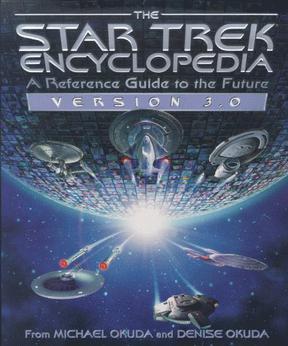
The Star Trek Encyclopedia: A Reference Guide to the Future is a 1994 encyclopedia of in-universe information from the Star Trek television series and films. It was written by Michael Okuda and Denise Okuda, who were production staff on Star Trek: The Next Generation, Star Trek: Deep Space Nine and Star Trek: Voyager and Debbie Mirek. It was illustrated by Doug Drexler.
The fifth generation era refers to computer and video games, video game consoles, and handheld gaming consoles dating from approximately October 4, 1993, to March 23, 2006. For home consoles, the best-selling console was the Sony PlayStation, followed by the Nintendo 64, and then the Sega Saturn. The PlayStation also had a redesigned version, the PSone, which was launched on July 7, 2000.
Star Trek is the code name that was given to a secret prototype project, running a port of Macintosh System 7 and its applications on Intel-compatible x86 personal computers. The project, starting in February 1992, was conceived in collaboration between Apple Computer, who provided the majority of engineers, and Novell, who at the time was one of the leaders of cross-platform file-servers. The plan was that Novell would market the resulting OS as a challenge to Microsoft Windows, but the project was discontinued in 1993 and never released, although components were reused in other projects. The project was named after the Star Trek science fiction franchise with the slogan "To boldly go where no Mac has gone before".
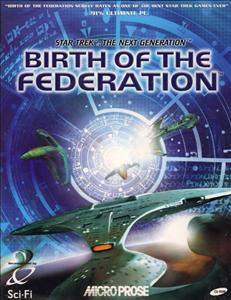
Star Trek: Birth of the Federation is a 4X turn-based strategy video game developed by MicroProse and published by Hasbro Interactive. The game was initially released in 1999 for Windows personal computers.
QuickTime VR is an image file format developed by Apple Inc. for QuickTime, and discontinued along with QuickTime 7. It allows the creation and viewing of VR photography, photographically captured panoramas, and the viewing of objects photographed from multiple angles. It functions as plugins for the QuickTime Player and for the QuickTime Web browser plugin.

The Power Macintosh 6100 is a personal computer designed, manufactured and sold by Apple Computer from March 1994 to March 1996. It is the first computer from Apple to use the new PowerPC processor created by IBM and Motorola. The low-profile ("pizza-box") case was inherited from the Centris/Quadra 610 and 660AV models, and replaced the Macintosh Quadra series that used the Motorola 68040 processor, Apple's previous high-end workstation line.

The Apple Interactive Television Box (AITB) is a television set-top box developed by Apple Computer in partnership with a number of global telecommunications firms, including British Telecom and Belgacom. Prototypes of the unit were deployed at large test markets in parts of the United States and Europe in 1994 and 1995, but the product was canceled shortly thereafter, and was never mass-produced or marketed.
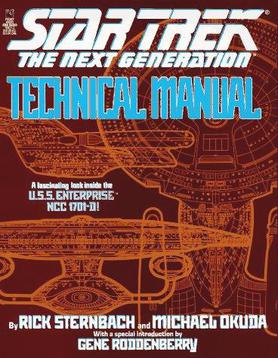
Star Trek: The Next Generation: Technical Manual is a paperback reference guide detailing the inner and other workings of the fictional Federation starship Enterprise-D and other aspects of technology that appeared in the television series Star Trek: The Next Generation.

Apple PowerCD is a CD player sold by Apple Computer in 1993 and discontinued several years later. It was a re-badged Philips-designed product which was sold in addition to Apple's speakers and also included a remote control. The PowerCD was capable of reading Kodak photo CDs, data CDs and audio CDs. It can connect to Macintosh personal computers through SCSI and also to stereo systems and televisions.
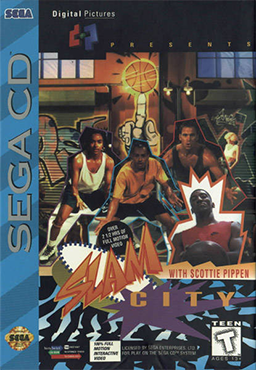
Slam City with Scottie Pippen is the first FMV basketball video game. It was developed by Digital Pictures for the PC and CD-ROM-based video game consoles such as the Sega CD. Scottie Pippen stars in the game, and performed the theme song. Ron Stein, who had previously directed the video footage for Prize Fighter, directed the video footage for the game. A 3DO Interactive Multiplayer version was announced but never released.

The Macintosh Quadra 630 is a personal computer designed, manufactured and sold by Apple Computer from July 1994 to October 1995. It was introduced as the replacement for the Quadra 610, and was the least-expensive computer in the Macintosh lineup with prices starting at $1,199 USD.
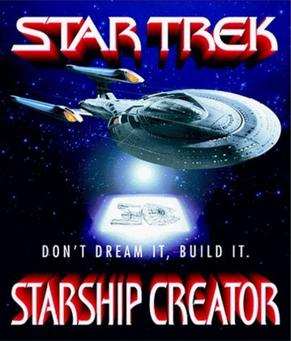
Star Trek: Starship Creator is a computer-based vehicle simulation game developed by Imergy and released by Simon & Schuster Interactive in 1998 for both Microsoft Windows and Mac OS, based on the official license of the Star Trek franchise. Elements in the game were created in conjunction with the technical advisers for the series and films, such as Mike and Denise Okuda. The gameplay in Starship Creator allowed for the player to equip and crew a series of different starship classes from across the Star Trek universe, including those from both the various series and the film series. An expanded version was subsequently released as Star Trek: Starship Creator Deluxe in late 1999 which added further starships, missions and customization. The official website also contained downloads for the characters from the Star Trek: New Frontier series of books. Reception by critics for Starship Creator was negative, with criticism directed at the gameplay and graphics, and the suggestion was made that the game would only appeal to Star Trek fans. A sequel followed in 2000 entitled Star Trek: Starship Creator Warp II.

The Apple Pippin is a defunct open multimedia technology platform, designed by Apple Computer, and marketed as PiPP!N. According to Apple, Pippin was directed at the home market as "an integral part of the consumer audiovisual, stereo, and television environment."

Golden Gate Killer is an interactive police detective simulation developed by American studio Interworks and released in 1995, and published by Grolier Electronic Publishing Inc and 3 Prong Plus. The game is based on the real life murder case of Colvin McCright. The game was released on Macintosh, Windows, and Windows 3.x.

Disney's Animated Storybook is a point-and-click adventure interactive storybook video game series based on Walt Disney feature animations and Pixar films that were released throughout the 1990s. They were published by Disney Interactive for personal computers for children ages four to eight years old. Starting from 1994, most of the entries in the series were developed by Media Station. They have the same plots as their respective films, though abridged due to the limited medium.
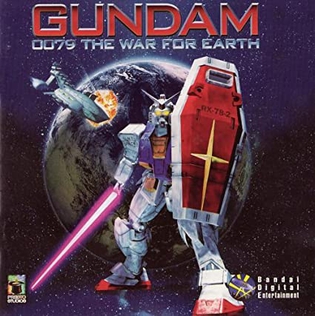
Gundam 0079: The War for Earth is a video game developed by Presto Studios and published by Bandai Digital Entertainment for Macintosh, Windows, PlayStation, and Apple Bandai Pippin.
References
- 1 2 "To Boldly Go Where No Man Has Gone Before...". Electronic Gaming Monthly . No. 61. EGM Media, LLC. August 1994. p. 167.
- ↑ Duncan, Geoff (July 17, 1995). "QuickTime VR is Actually Real". Tidbits (286). Archived from the original on April 10, 1997.
- 1 2 Staff (December 19, 1995). "Finalist: Star Trek: The Next Generation Interactive Technical Manual". PC Magazine . Archived from the original on December 7, 2000.
- ↑ Elia, Eric (April 1995). "QuickTime VR Gets Surrounded". NewMedia. Archived from the original on July 13, 1997.
- ↑ Michael J. Miller (December 19, 1995). "Finalist: Star Trek: The Next Generation Interactive Technical Manual (awards listing)". PC Magazine . Archived from the original on January 19, 2001. Retrieved October 7, 2016.
- ↑ "Interactive Meltdown:publishers Retreating from Digital Books". 20 September 2006.
- ↑ "Pippin: The Apple of Bandai's Eye". GamePro . No. 70. IDG. May 1995. p. 16.